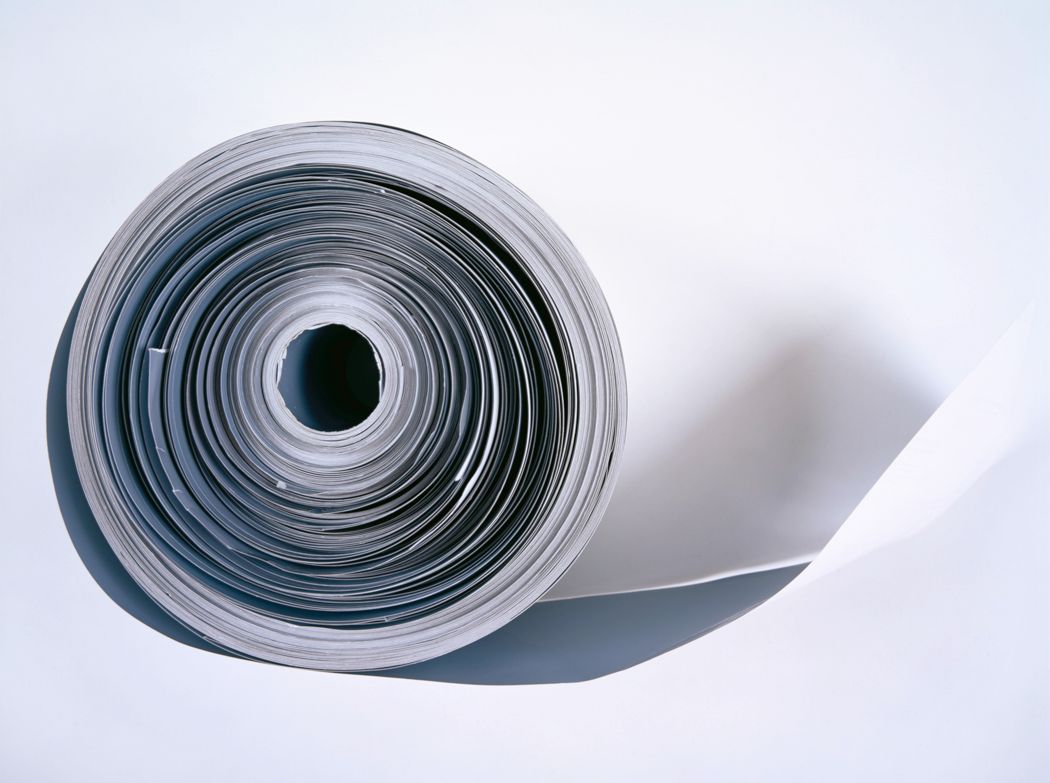RAUSCHEN
Variations on an end
In 2011, Tamara Horáková and Ewald Maurer received a courtesy call from Marly, Switzerland. For economical reasons, the voice on the end of the line explained, it would no longer be possible to develop images using Ilfochrome. However the technicians at the lab, long familiar with Maurer and Horáková’s work, offered to do one last process for the artists before the process was put out to pasture.Horáková and Maurer met in 1967 at the Academy for the Fine Arts in Vienna; their predominant collaborative medium, since 1984, has been photography. In the past decade, as digital techniques slowly eclipsed analog methods in both practicality and common usage, Horáková and Maurer made use of digital technology to edit or otherwise enhance many of their images, however their basic process remained analog. Ilfochrome (often referred to by its previous name, Cibachrome) was long their preferred medium, as it created images of singular luminosity and durability, with vibrant colors that resisted fading longer than other photographic materials.The last two works processed in Marly, Horáková’s ei-far-got-of (2012) and Maurer’s Last Print(2011/12), work like farewell letters. ei-far- got-of, a tongue-in-cheek subdivision of the word “fotografie” in reverse, offers a compelling, if not incomplete, English phrase, as if the German word, in reverse, could reveal some kind of last riddle on the medium itself. Maurer’s Last Print fairly seethes with intensity, the virulent shade of violet taking advantage, one last time, of the curious, gel-like depth that Ilfochrome’s layers of dye lend to images.These last two photographic works, however matter-of-fact, are only the final, and most concise gestures in what could be seen as a series ofvariations on letting go of analog photography. Many of the works in the exhibition Rauschen at Galerie Raum mit Licht, including selections from the Photo Papers series, as well as the images around Silver Bullets, (Rochester Cat and selections from the Screenshot series) encapsulate varying levels of active engagement with the medium itself.The earliest works on display, several works from the Photo Papers (2007–2009) series, depict lengths of photo paper that have been coiled, folded, and fixed into shapes and photographed against a uniform background. In PP #4, the striking contrast of black on white gives the image something of a cryptographic calligraphy—as graceful as is it inscrutable. PP #9 and #10, in contrast, show the paper buckled ancrumpled up, a sculptural imitation of the towers of clouds that rise above the heads of mortals depicted on Baroque altarpieces. The paper, in its various structures, is styled into different attitudes for the camera, much as sitter is adjusted for different shots in a photo shooting. In this self-reflexive nature morte, the material used for production also becomes the subject matter, creating a kind of material“self-portrait.”Coming chronologically between these elegant compositions and the final prints is a series of works that emerged from a single act of violence. The works Silver Bullets (2010), Screenshots (2010/11) and Rochester Cat (2014) all have the same origin—the artists took a box of sheet films exposed with images, complete with its protective bag, and shot it through with pellets from an air rifle. Explicit are the aftermaths of violence in the works—the holes left by the bullets mark each image and appear, alternately, like constellations, moth holes, or (playfully), a cat. The silver bullets that did the damage here are, of course, more than just a weapon; the mythological silver bullet is the magic needed to kill certain mythical creatures. Here the silver bullets have, literally, been shot through the heart of the photographic process.Together, these works form variations on an end. After nearly 3 decades of precisely addressing, evaluating and reevaluating the craft of photography, Horáková and Maurer extract themselves from a discourse with the analog medium by alternately reliquising it as self-reflexive ornament, exorcising it with magical methods, or writing it a farewell letter. All gestures seem to celebrate, through the resulting work, the medium, transforming the material itself, even the word‘fotografie’, into ornament. Ornament, as Dave Hickey has stressed, “aims to celebrate some preexistent something outside ourselves that we already value”, and is, as such, a“discourse of love.” Seen in this light, the difference in these gestures can be seen not just as various modes celebration, but also as ways of coping, the shifting modes reflecting a certain ambivalence in an end that was imposed and not self-determined.
The possibilities of noise
Just as in the visual arts there is no such thing as complete emptiness, there is also, in sound, no such thing as complete silence. In film, sound engineers call this phenomenon “room tone.” Even when deprived of exterior noise, like in a sound deprivation tank, we cannot escape the sounds of our bodies. White noise, “rauschen”, is the sound of the mechanics themselves—the hum of a transistor, a high ringing in the ears, the buzz of fluorescent lights.The most recent work in the exhibition, selections from the series Rauschen (2014) and WN (White Noise) (2014), emulate the static crackle of an unclear radio frequency. These images were created foregoing any analog practice, edited digitally in Photoshop and then printed directly from the file onto paper. The visual field displayed here is a transition point where an image could be fading- in or fading-out, discernible, but not identifiable, through shadows formed by the varying density and shifts in color in the mass of pixels. The aural phenomenon of “rauschen” takes a visible form— tone color mimicked by color shifts in the different works.“Rauschen”is a property of hardware, a field of potentialities, both visual and aural, a ghost in the machine. Seen in the context of the exhibition at Galerie Raum mit Licht, the constellation of these varying works by Tamara Horáková and Ewald Maurer present a concise overview of a transition, evidence of an end accompanied by the low, promising hum of machines.
Text: Ginger Dellenbaugh
